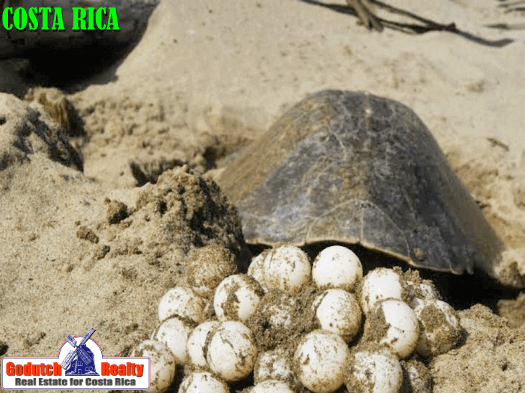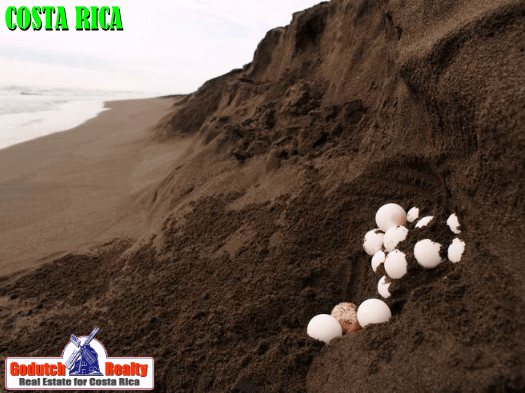Estimated Reading Time: 4 Minutes

More than 680,000 turtles or Atlantic Ridley (Lepidochelys olivacea) have nested in 2010 on Ostional beach.
This beach is located 65 miles from downtown Santa Cruz de Guanacaste. This was confirmed with Laura Brenes, manager of the protected area.
On January 16 000 animals arrived and in February 9000. In March and April there were no arrivals, but in May over 8,000 made their nest. In July, 20,000 turtles returned to nest. And in September and October, the arrival of turtles increased to 338,000 and 292,000 animals, respectively.
“All these data are our official reference. But they are the result of scientific monitoring and research led by Costa Rican investigator Roldán Valverde, with support from the University of Louisiana,” said Brenes.
According to the administrator, there are other methodologies for the study of the Atlantic Ridley on this beach that count all of the turtles that come, whenever each arrives. “With these other measures, the numbers may rise a lot,” he said.

In fact, Rodrigo Morera, a biologist at the Ostional Association of Integral Development (ADIO) stated that this year they have accounted for “a total of eight million Atlantic Ridley turtles,” and that “on the beach have been deposited between 80 and 90 million eggs, “that makes the site a” major location in the world for the conservation of this endangered species.”
Brenes said that in her opinion fewer turtles have nested this season.” “There have been only six arrivals this year, hopefully in the remaining month and a half the amount of spawning will increase,” he said.
The species.
The Atlantic Ridley is the smallest of all sea turtle species. An adult is about 65 centimeters and weighs 38 kilograms on average. It lives in tropical waters of the Indian Ocean and in the Pacific from Ecuador and the Galapagos Islands to California.
According to historical records, this species comes to Ostional 10 times a year since 1930. However, most visits occur from July to December. The arrival lasts four to eight days and each turtle lays between 60 and 130 eggs. In a single night, a total of up to 200,000 can arrive.

Utilization of the eggs
Since almost a decade ago, people in the community have organized to receive tourists there, as well as to take advantage of a certain number of eggs. The use of the eggs is permitted after a study by the University of Costa Rica showed that during the first three days of arrival, there is an over-excavation as one turtle arrives and then another five minutes later another turtle arrives and removes all the eggs of the previous one, and those get lost. “when those eggs break, they generate a special status of fungi and bacteria that pollutes the nest,” Brenes said.
If you like this blog, subscribe to my newsletter by clicking the banner below.
I DO want to remind our readers that we appreciate any referrals you can send us. Also, please remember the GoDutch Realty agents when you talk about your home in Costa Rica, we appreciate it.

























